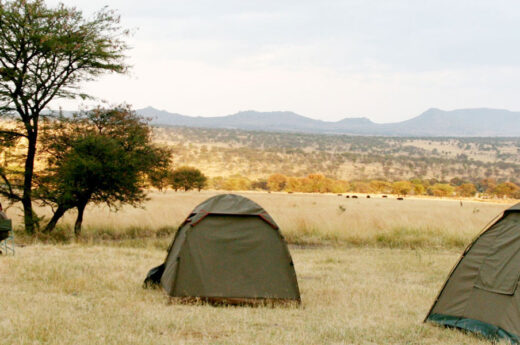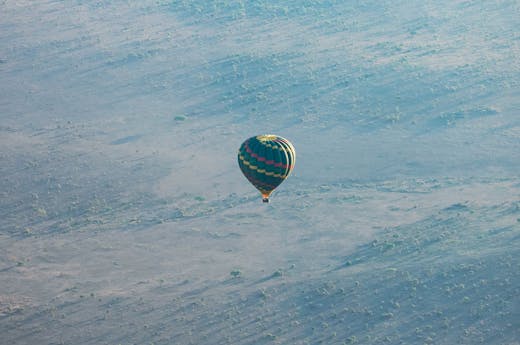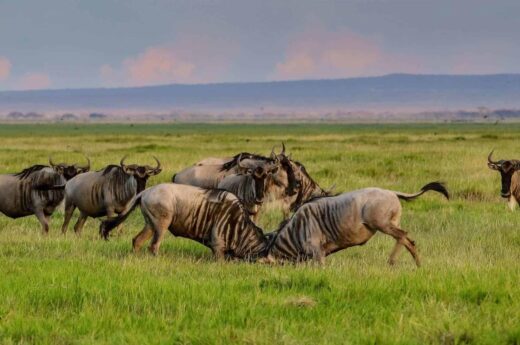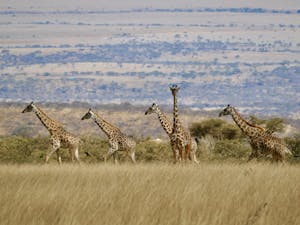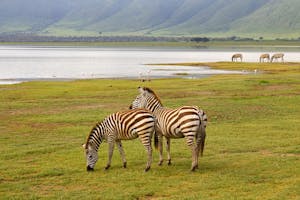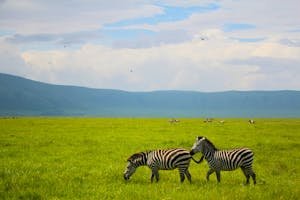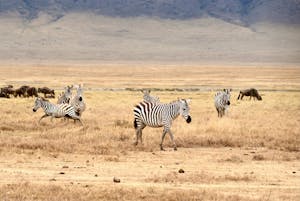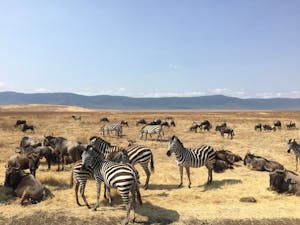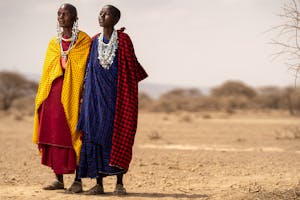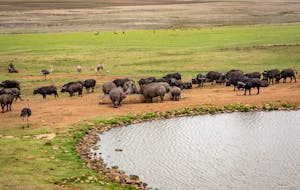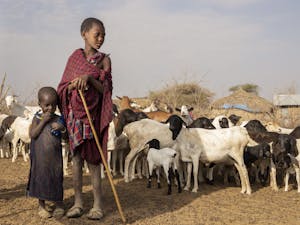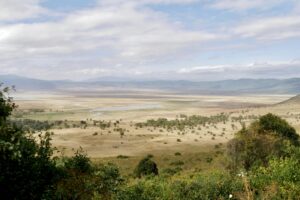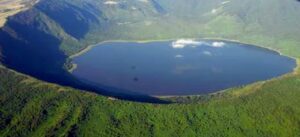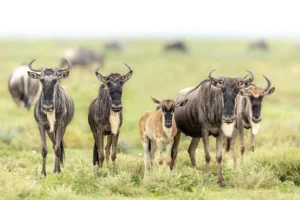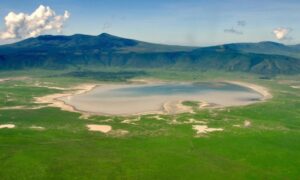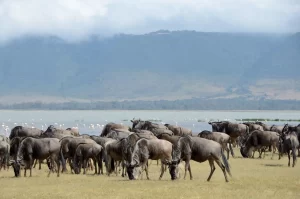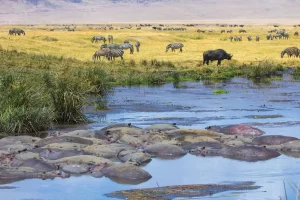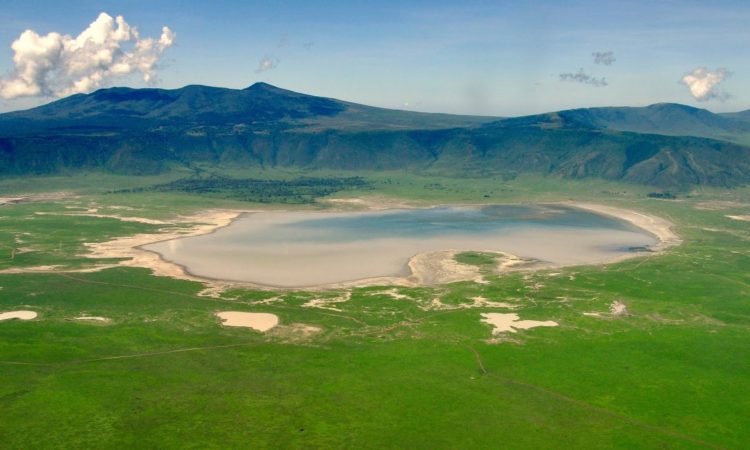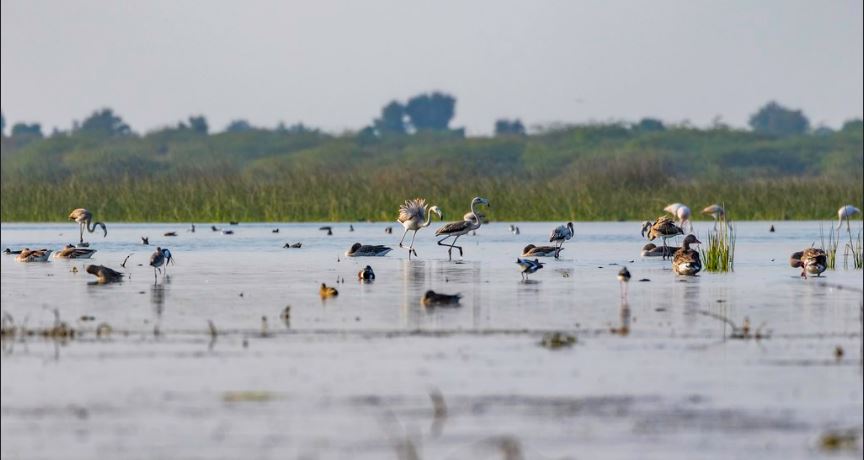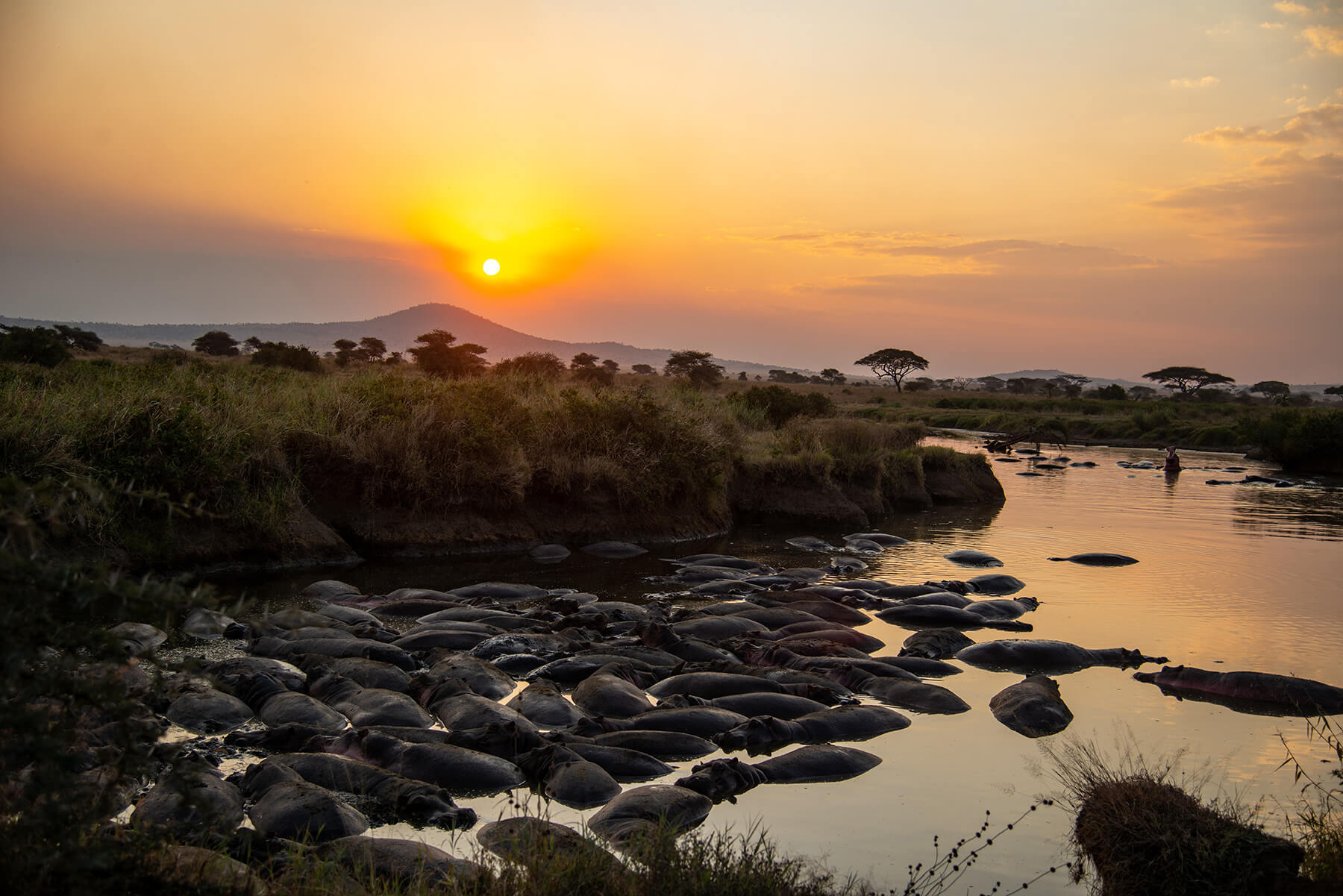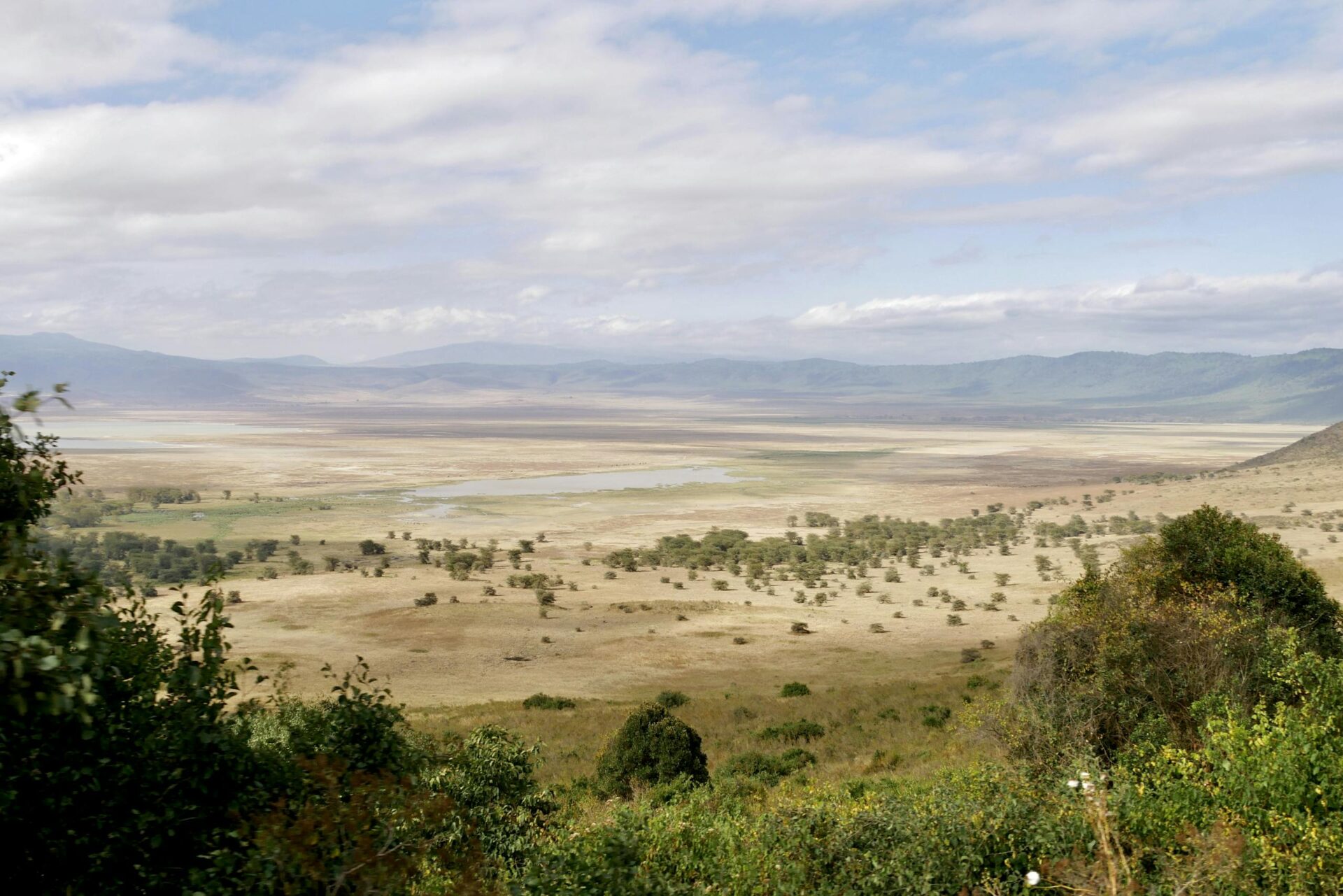
Ngorongoro Crater
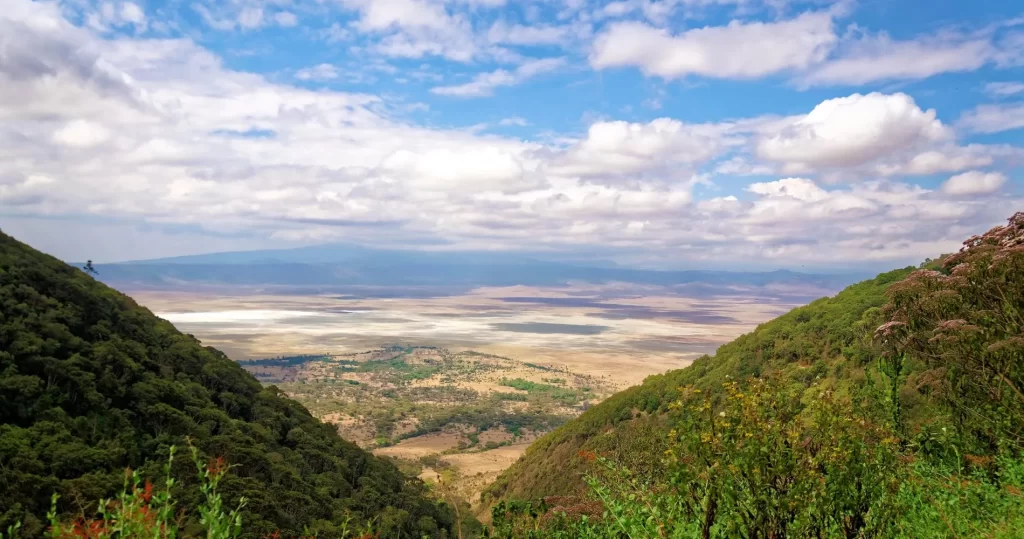
Overview
The crater spans 260 km² (100 mi²), with its rim 610 metres (2000 ft) high. An eruption enriched the area with mineral-rich dust, fostering fertile soils. Underground rivers feed springs, bringing nutrients to the surface.
This environment supports permanent water sources, attracting animals. Their presence enriches the soil further, creating a productive grassland. Over time, swamps and forests emerged, hosting the planet’s densest concentration of large mammals.
Ngorongoro Tours
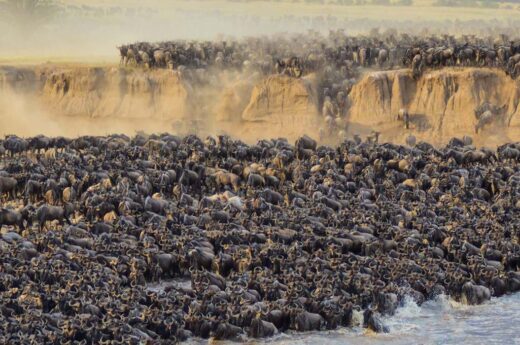
7 Days Great Wildebeest Migration Calvin Safari
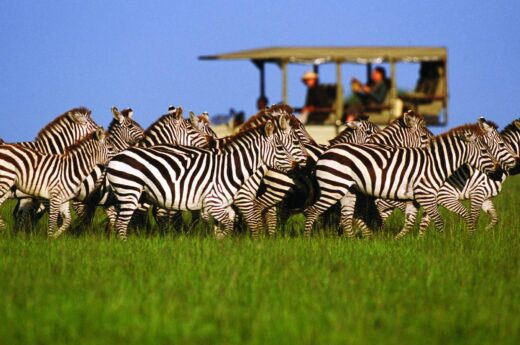
6 Days Tanzania Wildlife Safari
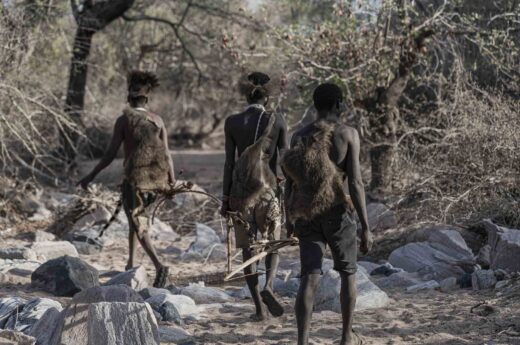
Hadzabe Cultural Tour
Within the Ngorongoro Conservation Area
Seasonal Overview
April / May – ‘Shoulder Season’ – Tourist numbers remain high year-round, with a slight decrease during this period.
June – September – ‘Dry Season’ – Rain is minimal, and the short grass enhances wildlife visibility, making it easier to spot animals.
November – May– ‘Wet Season’ – Lush, green grass during this time boosts the scenic beauty of the landscape.
Activities
Game Drives
With half and full-day options available, visitors accompany an experienced guide to search the crater floor for the Big 5 and other wildlife species.
Hot Air Balloon Trips
This tranquil experience offers a unique perspective of the landscape surrounding the crater.
Archaeological Excursions
Visit nearby archaeological sites to learn more about the evolution of humankind.
Cultural Visit
Gain an insight into the area’s indigenous cultures, with visits to local homesteads.
Picnic
Arrange a catered picnic at a designated site on the crater floor.
Bird Watching
Over 500 species await discovery by the avid birder visiting these parts.

